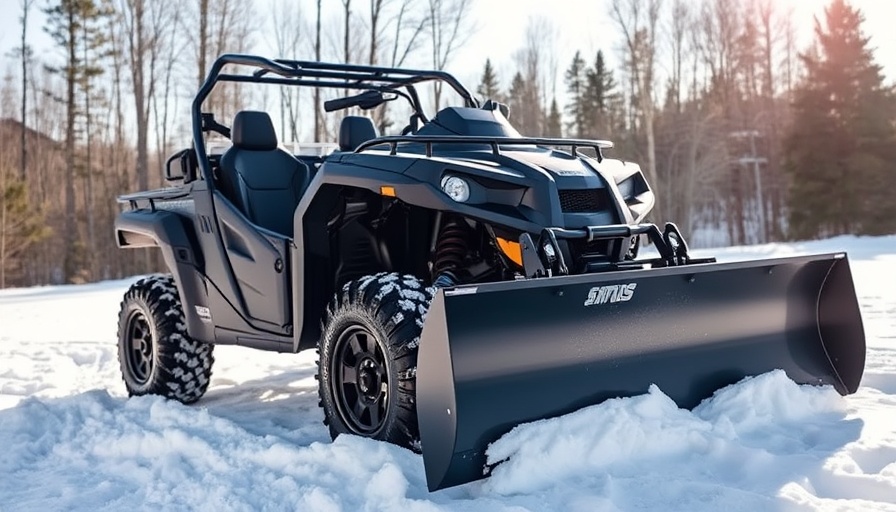
Brent Spence Bridge: A New Era of Connectivity
The unveiling of the new Brent Spence Bridge design marks a significant step forward for transportation between Ohio and Kentucky. This transformation comes with an estimated cost of $3.6 billion, aiming to enhance the overall infrastructure while also considering the growing traffic demands. Both Ohio Governor Mike DeWine and Kentucky Governor Andy Beshear have announced the construction of a companion bridge that will complement the aging Brent Spence Bridge – which has been under immense pressure since its opening in 1963.
Why a New Design Matters
The bi-level, cable-stayed design not only addresses structural integrity but also focuses on aesthetics and the bridge's potential as a local landmark. With the new bridge spanning just over 0.3 miles across the Ohio River, it will significantly ease the distribution of the 80,000 vehicles that cross it daily, as well as provide emergency shoulders for added safety. The innovative design allows for lower construction costs and a quicker build time, further contributing to the region's appeal for businesses and commuters alike.
Building for the Future: Insights Into the Project
The joint venture of Walsh Group, Kokosing, and AECOM will undertake this ambitious plan, implementing advanced construction techniques that align with today’s construction technology trends. Their focus on Building Information Modeling (BIM) will ensure efficient project execution and enable real-time collaboration throughout the construction process. This shift towards technology-driven project management is crucial as it not only promotes transparency but also reduces risks associated with traditional construction methods.
The Importance of Integrating Community Planning
The Brent Spence Bridge Corridor Project goes beyond just transportation improvements; it incorporates multi-modal access with plans for pedestrian and bike paths. This holistic approach demonstrates a commitment to community development and health-conscious planning. Enhancing connectivity for non-motorized users reflects a growing trend that acknowledges the importance of accessible urban environments, inviting more people to utilize public spaces in a healthy way.
The Future of Transportation Infrastructure
As we look forward, the Brent Spence Bridge project is an example of how infrastructure can evolve to meet the needs of a growing population and its economic demands. With the potential benefits of reduced congestion and improved access, it sets the stage for more transformative projects across the nation, emphasizing sustainability and innovation in transportation.
The collaboration between various state departments reinforces the idea that infrastructure development must prioritize teamwork and community engagement to ensure beneficial outcomes for everyone involved.
For business owners and community developers, staying abreast of such developments is critical. As these infrastructure projects unfold, understanding the implications on traffic flow, property values, and overall community health can provide strategic advantages.
Explore how infrastructure advancements can resonate within your business and community, ensuring you are ready to adapt and thrive.
 Add Row
Add Row  Add
Add 




Write A Comment